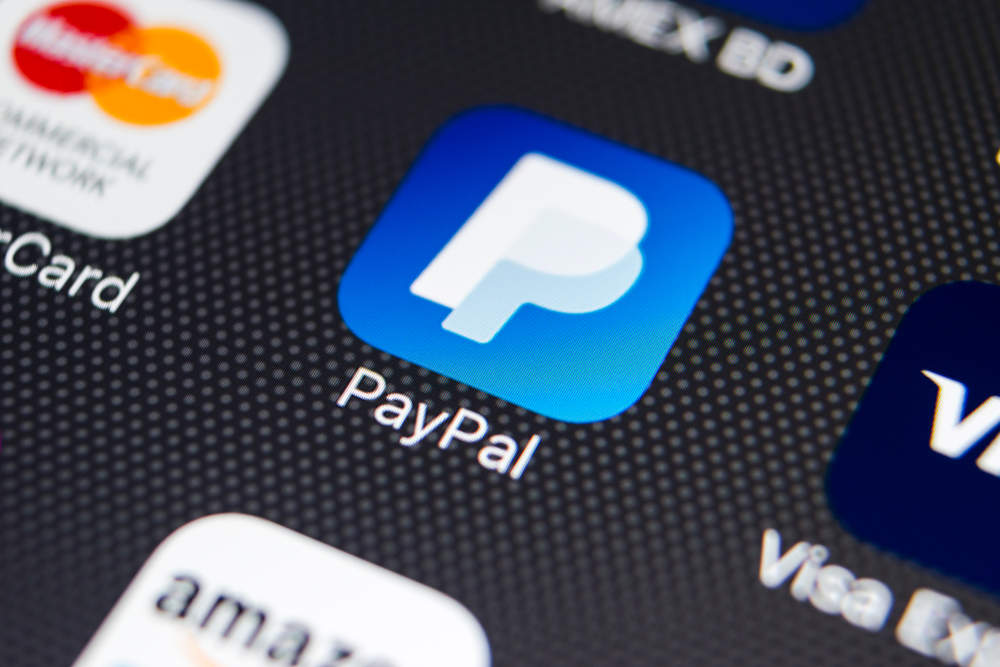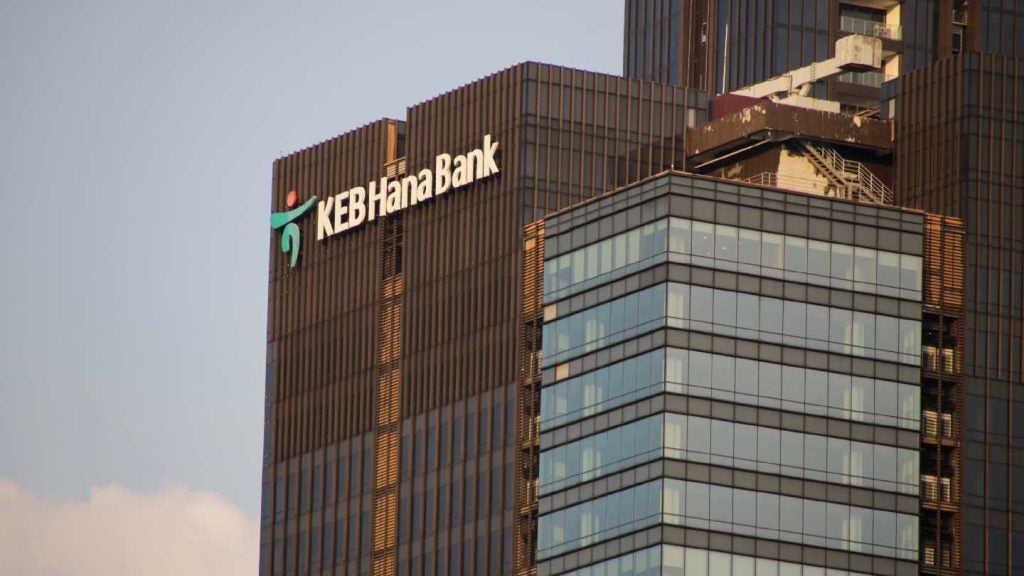
As recently as April, PayPal pulled its full fiscal guidance on uncertainty relating to the economic consequences of Covid; fast-forward to end July and it is forecasting strong growth. But as Douglas Blakey reports, it is not the only good-news consumer finance story
What a difference a few weeks can make amid the Covid pandemic. PayPal withdrew its full-year guidance on Covid doubts early in the second quarter; come the release of its second-quarter earnings and PayPal now expects earnings per share for the full year to increase by around 25%, on revenue growth of a healthy 22%.

Access deeper industry intelligence
Experience unmatched clarity with a single platform that combines unique data, AI, and human expertise.
PayPal added 21.3 million accounts during the second quarter, up by 137% year on year. It also represents the strongest quarter for net new accounts in PayPal’s history.
Total active accounts now total 346 million. This helped the firm to report a total payment volume of $222bn, up 30% year on year. That compares with quarterly annual growth in payments processed of a more modest 19% in the first quarter. In total, PayPal processed 3.7 billion transactions, representing annual growth of 26%. This all contributed towards a rise of 86% year on year in net income for the quarter of $1.53bn.
Strong mortgage demand
PayPal’s strong quarterly metrics are far being the only positive amid the Covid crisis. Take mortgage demand, for example. US homeowners are rushing to take advantage of lower rates, helping mortgage refinance applications to jump 122% from a year ago.
Mortgage applications increased 4.1% from one week earlier, according to data from the Mortgage Bankers Association’s Weekly Mortgage Applications Survey for the week ending 17 July.

US Tariffs are shifting - will you react or anticipate?
Don’t let policy changes catch you off guard. Stay proactive with real-time data and expert analysis.
By GlobalDataMortgage applications to purchase a home rose 2% for the week, and were a striking 19% higher than a year ago. That is the ninth straight week of annual gains.
Borrowers are understandably looking for any potential savings, given the uncertainty
in the economy due to the pandemic. But according to Fannie Mae, at the current low interest rates, nearly 60% of all outstanding loan balances have at least a half-percentagepoint incentive to refinance. Little wonder then that refinance application volume in mid-July was up by 122% compared with the same week one year ago.
And so, the Mortgage Bankers Association is now nearly doubling its 2020 refinance originations forecast to $1.2trn, a 37% increase from 2019 and the strongest refinance volume since 2012.
Q2 digital highlights
The second-quarter earnings of the major US banks resulted in mixed headlines. On the plus side, deposits growth was even higher than forecast.
The liquidity boost from the Federal Reserve, as well as strong demand by investors looking for higher yields and hedging against risk, increased the incomes of the major banks, with significant activity visible in capital markets.
A surge in income from trading activities not only boosted the likes of Goldman Sachs and Morgan Stanley, it also helped JPMorgan Chase, Bank of America and Citigroup to offset losses from large credit provisions in their core retail banking activities.
Amid all the talk of provisions and future write-offs, the leading banks’ distribution strategies in general, and digital growth, attracted less attention than merited. Take Bank of America, for example. In direct contrast to its peers in Western Europe and the UK, its branch network is thinning out very slowly, down by a mere net 51 year on year to 4,298 outlets. It has even opened 10 new outlets and renovated a further 17 in the past year.
Its digital metrics are powering ahead, with active mobile banking users up by 9% year on year to 30.3 million. Total digital banking customers are up by 5% year on year to 39.3 million.
Other digital highlights include sales, with digital now accounting for 47% of all retail banking sales. Indeed, it seems that a figure of around 50% is becoming a realistic target for digital sales. US Bank now reports 46% of loan sales in the second quarter are sold via digital channels, up from 35% in the year-ago quarter.
Other US Bank digital highlights include 77% of active customers digitally active, up from 72% a year ago. Active mobile banking customers now represent 55% of customers, up from 50% a year ago.
And while Wells Fargo hit the headlines for its dividend cut and a net loss of $2.4bn, it ends the quarter with 31.1 million digital banking customers, including 25.2 million active mobile banking customers.
For the record, Citi and JPMorgan Chase also report strong digital growth. In North America, Citi reports a 12% rise in active mobile banking customers to 13 million. Total digital banking customers in North America rise by 6% year on year to 20 million. At the same time, international active mobile banking customers are up by 22% to 11 million.
But pride of place goes to Chase for digital metrics with 39 million active mobile banking customers, up by 10% year on year. Total digital banking customer numbers rise by 7% year on year to 54.5 million.
These are all digital metrics among the incumbents that perhaps ought to cause international start-ups to pause for reflection when they consider launching in the US with little more than a prepaid card, a waiting list and a brightly coloured PFM tool.







